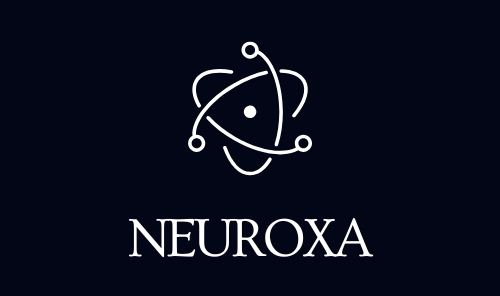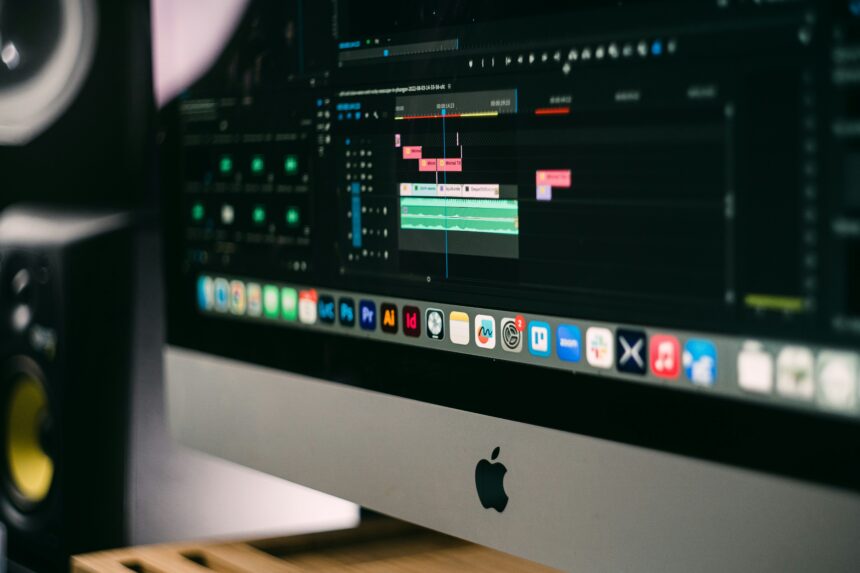Introduction
In 2025 the lines between producer and audience continue to blur. With artificial intelligence now powering video and audio creation tools, creators of every size are wielding tech once reserved for big studios. Whether you’re making a YouTube short, a podcast episode, or a branded video campaign, your toolbox is changing fast. In this article we’ll explore how video and audio creation tools are evolving, what opportunities they bring for creators and brands, how workflows are shifting, and how you can position yourself ahead of the curve.
Why AI‑Powered Tools Are Changing the Game
Video and audio production have traditionally required large teams, expensive gear and long timelines. Today AI is shifting that paradigm.
- Creators can now auto‑generate edits, transitions, captions and audio effects in minutes rather than hours. Metricool+1
- Audio tools are becoming more intuitive: AI‑driven voice cloning, automatic sound‑effect generation and smart mixing are enabling high‑quality results without specialist studios. The Verge+1
- Platforms are embedding creative‑AI features directly into content workflows, meaning less switching between tools and more time creating. blog.youtube+1
As a result the barrier to entry is dramatically lowering and this means more creators, more formats and more competition. But for those who use the tools strategically, the upside is substantial.
Key Trends in Video & Audio Tools to Watch
Short‑form and multi‑format workflows – With short‑form video dominating many channels, tools now optimise for quick turnaround, auto‑resizing for multiple platforms and smart captioning. Frill
AI voice and audio synthesis – Tools now let users create professional‑grade audio tracks, ambient soundscapes or matched voice‑overs with minimal manual work. The Verge
Generative video from prompts or minimal footage – Some platforms allow creators to input text, a reference clip or mood board and generate full segments. blog.youtube+1
Collaborative cloud workflows – Editing, review, asset sharing and versioning move to cloud‑based environments, allowing teams to operate across devices and locales.
Hybrid human‑AI creativity – Rather than replacing creators, the strongest tools amplify them and letting the human lead in story, tone and brand, while the machine handles optimisation and production scale. Floodlight New Marketing
What Makes a Great Creation Tool in 2025
When selecting a video or audio tool for modern workflows, consider:
- Ease of use & onboarding: Can you jump in without a steep learning curve?
- Speed & scalability: Does it process edits, audio effects and formats quickly?
- Quality & flexibility: Are final outputs professional and can you tweak or override the AI?
- Multi‑format support: Does it scale to Shorts, long‑form video, podcast audio and social clips?
- Creative control: Are you locked into templates or can you set style, voice and mood?
- Integration & export options: Can you work with your existing tools, team and workflow?
- Affordability: Are the pricing and licensing aligned to your size and budget?
The best tools empower you to stay creative, move fast and maintain consistency across formats.
Use Cases Across Media and Brand Content
For creators: Imagine shooting a mobile video, uploading it into a tool that trims, adds music and captions, resizes for Instagram, TikTok and YouTube, all while you focus on story.
For podcasters and audio creators: You can record a conversation, run it through an AI engine that removes pauses, balances levels, adds theme music and produces show notes automatically.
For brands: Marketing teams can spin up video ads, internal communications, training videos or product demos with minimal internal production and rapid iterations to A/B test messaging.
For educators and small businesses: With fewer resources you can still launch high‑quality content that looks polished, sounds clear and reaches audiences across channels.
Challenges & Considerations
Even with powerful tools there are trade‑offs and responsibilities:
- Quality vs speed: Rapid edits may miss nuance, tone or brand alignment,human review remains essential.
- Originality & copyright: AI‑generated footage and audio must be monitored for rights, authenticity and brand risk.
- Platform shifts: Formats, trends and audience preferences evolve quickly and tools must keep up.
- Skill for story, not just tech: The best tool won’t replace strong writing, direction or audience understanding.
- Ethical and authenticity concerns: Deep‑fakes, voice cloning and AI‑generated avatars raise questions about trust, intent and transparency.
Recognising these helps you use creative tools responsibly and effectively.
How to Get Started Today
- Choose a core tool that supports both video and audio workflows and gives you trial access.
- Pick one format you want to scale (e.g., short social videos or a weekly podcast) and create a repeatable template.
- Build your brand style guide: visual identity, voice, pacing so your AI‑augmented content remains recognisable.
- Measure performance: track view times, engagement, repeat visits and content cost per output.
- Experiment and iterate: Use the tool to explore new formats, remix existing content and test new ideas quickly.
Stay nimble, creation environments change fast.
Final Thoughts
We’re entering a new era of content creation where the divide between idea and publication narrows dramatically. Tools powered by AI make video and audio creation more accessible, faster and varied—but human creativity still leads. For creators and brands alike the opportunity is clear: embrace these capabilities, master your story, leverage efficient workflows, and bring your audience along. The future of content is expansive, dynamic and in your hands.
Call to Action:
Pick one platform today, create a short piece of content, iterate, then upload. Take one hour to explore what you can make and start building your content future now.
Source Links
- YouTube: Powering the future of entertainment together
- Metricool: AI Video Editor Trends in 2025
- Podcastle: Content creation is about to change forever in 2025
- Wondercraft: AI in Content Creation 2025 Report
- Floodlight: The future of content creation – how AI will transform …
- Top 7 Digital Content Trends to Track in 2025

